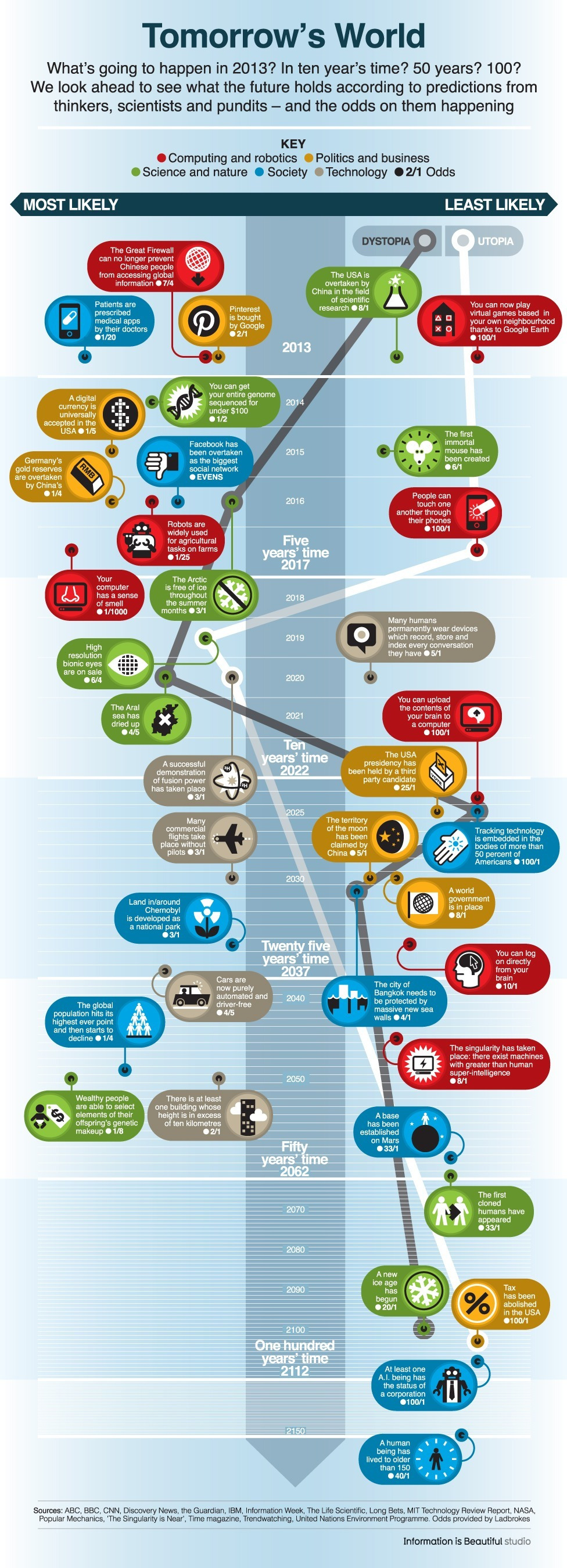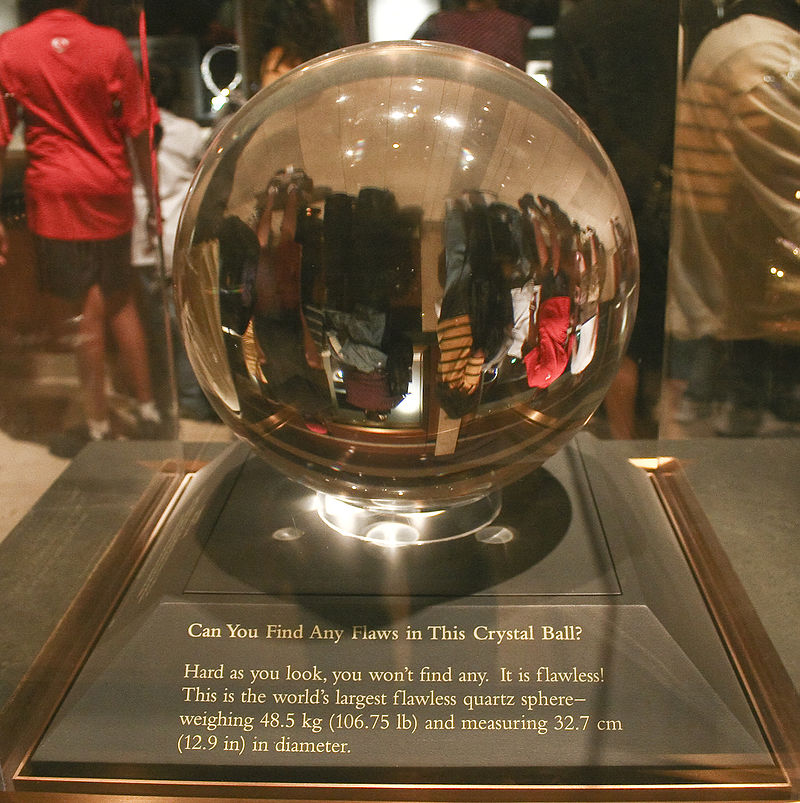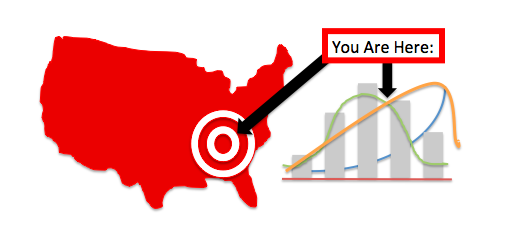Do you notice the flocks of birds that pass overhead?
I love watching the graceful flow of the flying inhabitants of the beach: pelicans, sandpipers, seagulls, cranes. Some are ‘regulars’ – seen day after day. Some come and go. Last week I watched an array of over 20 stork-like creatures I’ve not seen before fly by. Another favorite is the transitory flights of geese that mark the passing of time through the change of seasons. I am a far cry from being a bird watcher though. I just enjoy observing.
Rewind a couple thousand years to the pre-republic days of Rome. Bird watching was more than a hobby. The augur or auspex was a religious official who observed natural signs, especially the behavior of birds, interpreting these as an indication of divine approval or disapproval of a proposed action. He (always men) derived the gods’ intent from how the birds flew. In this highly esteemed position, the Augur watched for bird movements in the skies at specific times for signs to regard holidays or elections. They also watched in general to portend evil activity or warn of possible enemy movement. This bird observation was reading the auspices. People would consult augurs for guidance on personal matters too – from business dealings to wedding dates. Government officials consulted the auspex for holidays. Roman military campaigns would utilize augers before battle.
Murmuration from Islands & Rivers on Vimeo.
Big decisions … based on how the crow flies (figuratively)
Seems silly or crude? What do the birds know about politics, or war plans or whether this year’s crops will be fertile?
Bird traffic does provide information though.
Romans didn’t have computers or cell phones. Romans didn’t have weather forecasters; they didn’t have any way to know what weather was coming. The best they could do was look out the window or maybe across a field. How many times has that worked out for you when trying just to predict the commute home?
Bird activity does say something about current conditions in the air, water and earth. A single bird can go further and see farther than any human many times over day after day. Their action as a group signifies a coalition of instinct and knowledge. They also fly upon air current, which is driven by barometric pressure, which is result of uneven heating of the earth’s surface, which is … weather. If today we were stripped of so many data sources taken for granted, perhaps we might learn to study the signs of nature very, very, very carefully. We would want to be able to predict bad conditions, or worse – disasters.
Not Ancient History
“First news from Galveston just received by train which could get no closer to the bay shore than 6 sq mi (16 km2) where the prairie was strewn with debris and dead bodies. About 200 corpses counted from the train. Large steamship stranded 2 sq mi (5.2 km2) inland. Nothing could be seen of Galveston. Loss of life and property undoubtedly most appalling. Weather clear and bright here with gentle southeast wind.”
— G.L. Vaughan
Manager, Western Union, Houston,
in a telegram to the Chief of the U.S. Weather Bureau on the day after the hurricane, September 9, 1900
It was the early days of fall in 1900. The deadliest hurricane in US history struck Galveston Texas with little portend. The day’s weather forecasting methods did not predict the 15 foot storm surge that covered the entire island that lay at a mere 7 feet. Entire buildings pulled off their foundations and 145 mph winds ripped at whatever held above the tide. The deaths were only able to be estimated and reached 6,000-8,000.
By comparison, Hurricane Andrew struck Miami in 1992 with all the full warning of the National Hurricane Center as the mighty Category V storm hit with winds of 165 mph. Miami’s population alone was hundreds of thousands more than turn of the century Galveston, and over 1.2 million people were evacuated from Miami and surrounding counties. The result was a still unfortunate loss of life, but minimized to 65 persons.
Even by 1935, the Weather Bureau was able to send widespread warnings and Coast Guard aircraft even transited the shoreline dropping message blocks concerning an approaching storm. The effect was apparent when the most intense storm to ever hit the US travailed upon the west coast of Florida with over 185 mph winds and 18 foot storm surge. Deaths were curtailed to an amazing 465.
Obvious, and less obvious
Weather affects everyone, every day. What to wear? Need an umbrella? How about needing disaster response? That’s the direct, tangible effect. Weather also has indirect reach: how well crops grow, the cost of those crops, the economy that depends on people affording and eating those crops, the politics that influence all of those reaches.
So without telecommunications or computers or the mechanics of electricity or the knowledge of weather, perhaps studying the birds was actually pretty damn smart. The Romans had a lot of good ideas, tangibles such as roads, bridges and aqueducts that are still in use today. Their influence too is in our government, architecture, language, law, and military tactics and equipment.
Data use has been likened to searching a dark room with a penlight. The room is stacked to the ceiling with information, but we can only find what we need within the narrow confines of a very small beam. This is a great comparison to the Romans using birds. They were right, but context and content were still in the works. They did a helluva lot with what they had.
So How Does Bird Watching relate to Big Data?
Big Data gets a lot of attention. It’s not quite the reverence given the Roman augurs, but it does tend to attract believers and non-believers.
Like the augurs, Big Data is not wholly left brain activity. It is not a Newtonian equation that takes variables and outputs a product. But as Einstein first got us bending time with thought experiments about quantum capability, the Laws of Nature aren’t as solid as we think.
If we stay within the Left Brain and Newton’s confines, we will eventually be trapped there. That’s why cancer, hunger, and terrorism are still very much a part of our world. These are Big Problems that require human interaction with data in ways we haven’t figured out yet. These challenges are dynamic and non-linear. Cause and effect thinking fails.
“Chaos theory becomes critical in understanding the way things work. We must look for flow patterns rather than linear cause-effect explanations. ” – Jean Houston, Forward for Chaos, Creativity and Cosmic Consciousness
Our world is chaotic, not in the conversational context of pure disorder but in the scientific posture of “behavior so unpredictable as to appear random.” Chaotic study has proven things are not random as they appear; it is only our ability to perceive the patterns that emerges. That is where Big Data begins.
Unlike the augurs
Big Data is nascent capability. The tools and techniques to master its volume, velocity and variety are as yet quite experimental. The pen light has perhaps grown to searchlight proportions, but now the room has expanded into coliseum size. The beam too is not quite a surgeon’s hand but more so likened to an elephant meandering through the jungle. Strong, powerful, with significant intelligence and excellent latent memory but … not so delicate.
So there is knowledge in bird flight patterns. So there is more knowledge in the 3 Vs of Big Data. It won’t be Newton’s apple clunk on the head; it will be in the whispers and wails of the wind and our ability to interpret the direction.






